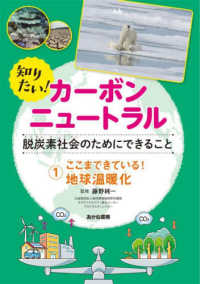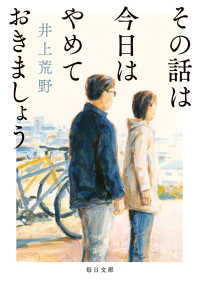Description
The Indian Ocean world has a rich history of socio-economic and cultural exchanges across time and space. This book and its companion, Connecting the Indian Ocean World explore these connections around the wider Indian Ocean world.
The book looks at the extensive range of maritime networks that criss-crossed pre-modern Asia and the Indian Ocean region connecting ports, peoples and cultures. It explores the connected histories of these regions and the movement of merchants, commodities and money which created the multi-cultural and cosmopolitan port cities like Surat and Nagasaki. With contributions from Indian and Japanese scholars, the volume analyses travellers’ accounts and trade routes between Japan and India, offering insights into how maritime movement shaped culture, politics and the social life of people in the most populated and productive regions of the world in the early modern period.
Rich in archival material, this book will be of interest to scholars and researchers of Indian Ocean history, maritime history, economic and commercial history, Asian and South Asian history and social anthropology.
Table of Contents
List of Maps
Acknowledgements
Introduction
Radhika Seshan and Ryuto Shimada
Part 1: India and Japan
- Trade and Culture in the 17th Century: The Japanese traveller Tenjiku Tokubei’s Idea of India
- Textiles in the Pre-modern Economies of India and Japan-a comparative study
- Gold Trade between Japan and India by the Dutch East India Company
- Surat and Nagasaki: A comparison of two international port cities in the 17th century Hiromu Nagashima
- Road and Security between Agra and Surat during the 17th and Early 18th Centuries Shinsaku Kato
- Merchants of the Coromandel Coast in the 17th Century: From Masulipatnam to Fort St. David
- Trade of Adil Shahi Sultanate of Bijapur in the Indian Ocean (1489-1686)
Ruby Maloni
Ishrat Alam
Ryuto Shimada
Part 2: Merchants and Trading Networks
Radhika Seshan
Kiran Jadhav
Index








